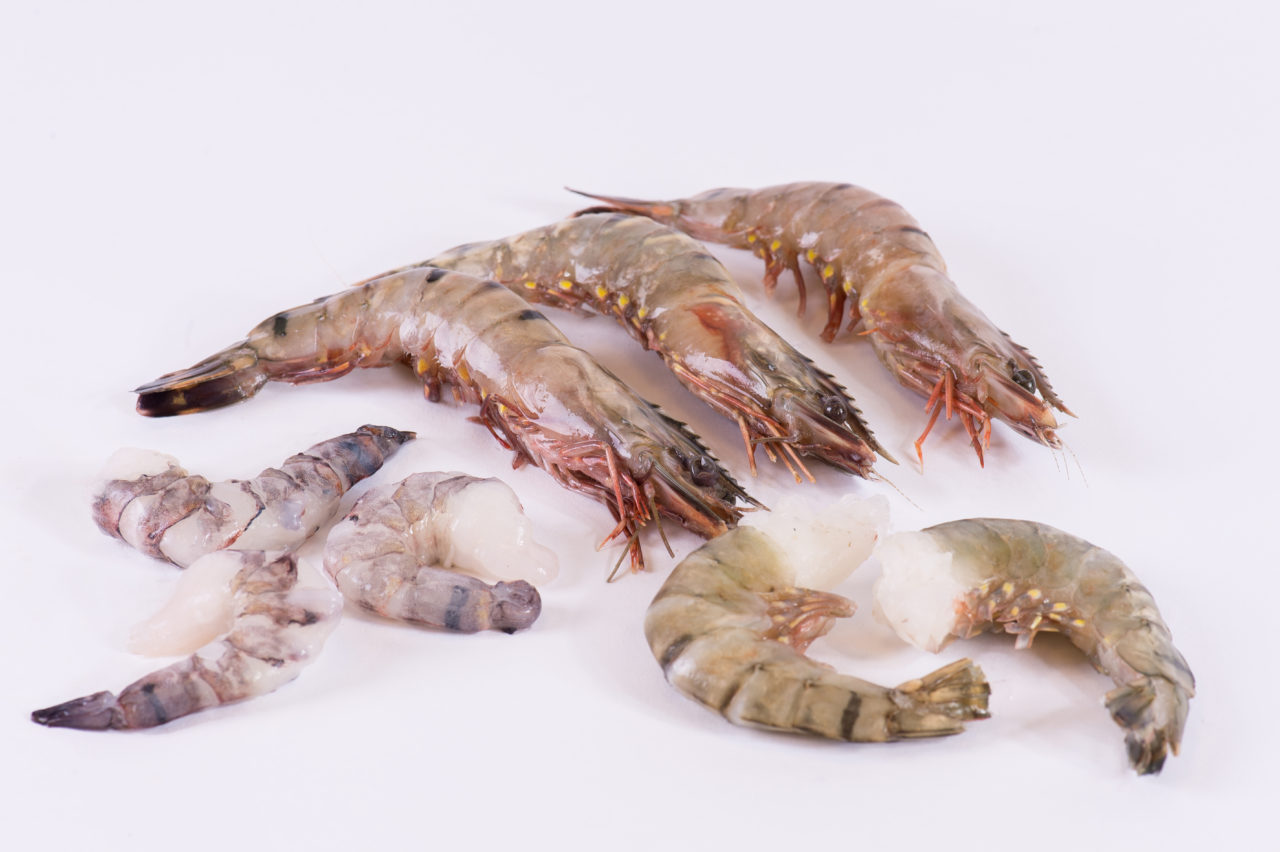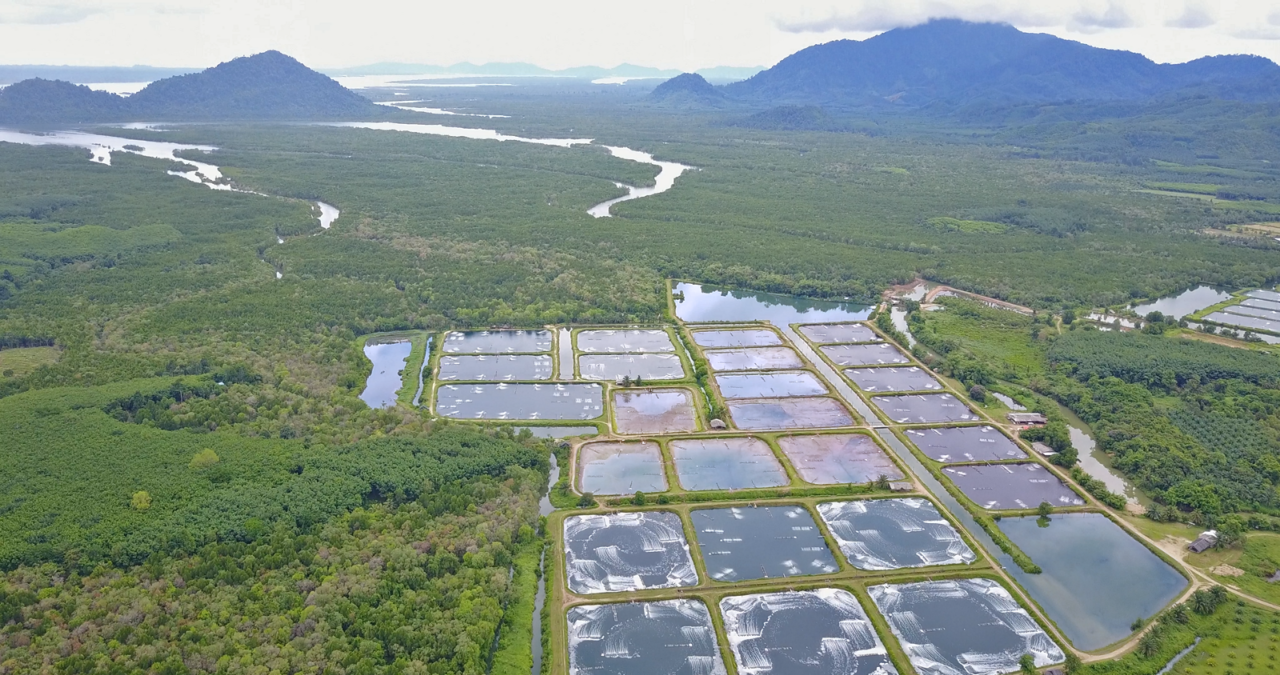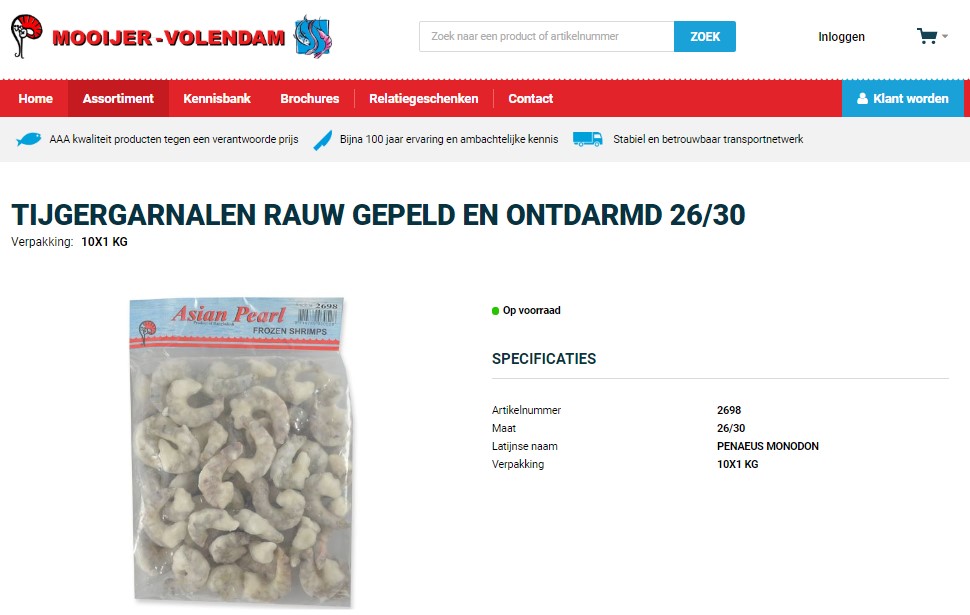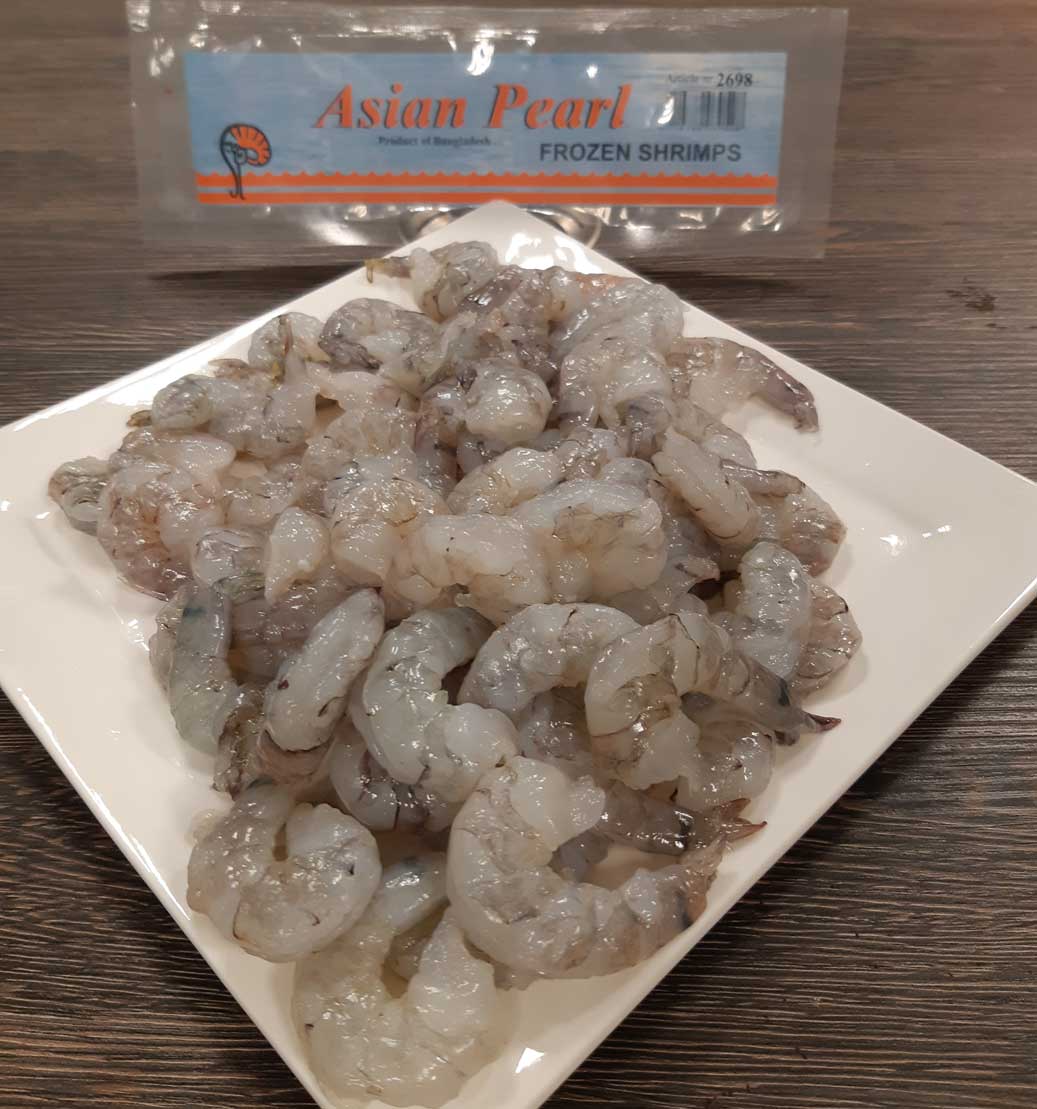Nederlands
English
Deutsch
Français
You either have your own business, or you are a buyer for a retailer. You can choose from several shrimp suppliers, each with its own price and quality.
But what are the main characteristics of shrimps with which wholesalers can distinguish themselves? And what is important for you, as a buyer, to know?
In this article, we explain everything you need to know about shrimps. The difference between Black Tigers and Vannamei shrimps, the size grading, adding extra water, and other tricks that suppliers use to lower their selling prices.
Topics discussed in this article:

First, let us explain our terminology concerning shrimps or prawns. Both words are often mixed up. In the UK, Australia, New Zealand and Ireland, “prawn” is the general term used to describe both true prawns and shrimp. In North America, the term “shrimp” is used much more frequently, while the word “prawn” is most often used to describe larger species or those fished from fresh water.
The Black Tiger shrimp is also known as tiger, giant tiger prawn or even the “King of Prawns”. So in the end, it doesn’t really matter which word you use. Throughout this article, we refer to them as shrimp.
Frozen shrimps are considered a delicacy all over the world. In Europe, Black Tiger and Vannamei (whiteleg shrimp) shrimps are sold the most. Additionally, Argentine shrimps are on the rise.
Black Tigers and Vannamei shrimps are both wild-caught and farmed. Due to the popularity of these shrimps, it is no longer possible to only catch all of it wild. Therefore, this product is being farmed more often. These aquaculture farms are mainly located in Southeast Asia.
Almost all shrimps sold on the European market are farmed in this region. That is also the reason why the shrimp wholesalers sell the product frozen. The distance between the farm and the European market is simply too great.
Black Tiger shrimps and Vannamei shrimps differ from each other in many ways. For example, the black tiger shrimp has dark stripes on its tail, and they have a firmer shell compared to other shrimp species.
The price difference between the two is much more important. As a buyer, you should know that the price of Black Tiger shrimps is higher than that of Vannamei shrimps. This comes down to the method of farming and thus the quality of both products.
The Black Tiger shrimps are farmed extensively. This means that these Tiger Shrimps are located in larger ponds, and with only two shrimps per square meter they have a spacious habitat and hardly need to be fed.
That greatly enhances the taste of the product. On the other hand, the production level of a Black Tiger farm is much lower than that of an aquaculture farmer growing Vannamei shrimps. In the breeding ponds of the whiteleg shrimps, breeding is more intensive, so logically, the production level per pond is much higher. That is why the price of the Vannamei shrimps is lower than that of the Black Tiger shrimps.

In general, the larger Dutch supermarkets almost exclusively sell Vannamei shrimps. At the more specialised wholesalers, fishmongers and in the catering industry, it is often still the more expensive Black Tiger shrimp that is most popular. Of course, Mooijer-Volendam has both types of shrimps in its range.
Apart from the difference between the shrimp species mentioned above, each shrimp also has a different size and is processed differently. The most common processing systems are:
The size grading of peeled or headless shrimps is indicated with the ratio of how many shrimps go into one British pound (454 grams). For the head-on shrimps (HOSO), this weight unit is 1 kg. For example, a popular size variety is the peeled Black Tiger shrimps 26/30. That means that there are 26 to 30 frozen shrimps in a British pound of 454 grams.
For the Vannamei peeled shrimps 31/40, there are 31 to 40 shrimps in a British pound. In short, the less quantity of shrimps in a British pound or kilogram, the larger the shrimps. A larger-sized shrimp is generally more expensive than a smaller-sized shrimp.

This brings us to the question to which you, as an entrepreneur or buyer of a major retailer, would like an answer. How can the selling prices of shrimp wholesalers differ so much? The quality of a box of Black Tigers or Vannamei shrimps is always the same. Right? Wrong.
The competition between shrimp wholesalers is enormous due to the popularity of the product. For this reason, many fish wholesalers want to distinguish themselves with lower prices, which is all at the expense of quality. For example, farmers in Southeast Asia are instructed to add more and more water to the shrimps
Adding water to shrimps and other fish species is a common practice and is known as glazing.

Suppose that a bag of shrimps with a gross weight of 1 kg consists of 25% water. After defrosting, the bag of shrimps consists of 250 grams of water and 750 grams of net weight shrimps. The wholesaler is obliged to display this net weight on the packaging label of the shrimps.
Incorrect net weight
As long as the percentage of added water is not too high and the net weight is clearly stated on the label, it is not a problem. But this is where things often go wrong. Many shrimp wholesalers instruct local farmers to add extra water to the shrimps without stating it on the label.
Therefore it is possible that a bag of shrimps consists of 30% or even 35% water, but that the label states a net weight of 750 grams. In reality, the net weight is only 700 grams or even 650 grams. This obviously makes it possible to sell the shrimps at a lower price.
As the shrimps in supermarkets are frozen, adding water is an easy and cheap way to add weight to a shrimp and make it look bigger. After all, you will only see the difference when the shrimps are completely defrosted. And nobody is going to weigh their shrimps again after defrosting.
Incorrect size grading
Another form of predatory pricing on the Black Tiger price per kilogram (gross weight) is to sell a smaller size grade than what is stated on the label. A cheaper and smaller size shrimp is sold with the label of a larger grade size. By adding extra water, the frozen shrimp in the supermarket then appears larger.
It is, of course, illegal to operate in the above way, as you are buying fewer shrimps than the weight shown on the label. Yet it is still common practice at many fish wholesalers, and the authorities have yet to intervene. Perhaps this will become a higher priority in the coming years.
As a shrimp wholesaler, Mooijer-Volendam sets high standards for its quality. Our customers can rely on AAA product quality without any of the above pricing tricks.
This is why more and more customers are finding their way to us as a wholesaler for the hotel and catering industry or as a wholesaler for fishmongers, tokos, speciality shops and large retailers.